
All categories
Featured selections
Trade Assurance
Buyer Central
Help Center
Get the app
Become a supplier

(3072 products available)




















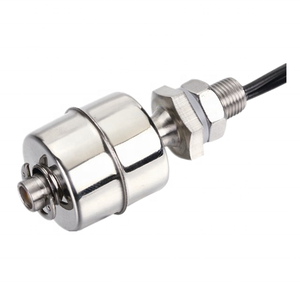








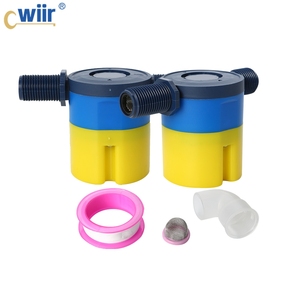
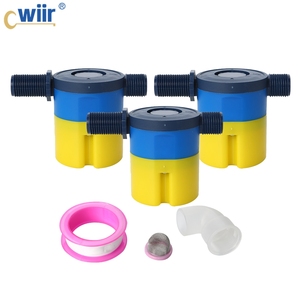
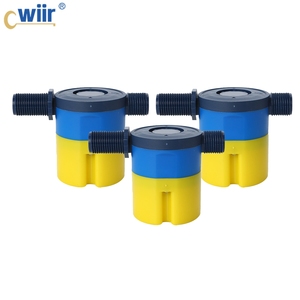











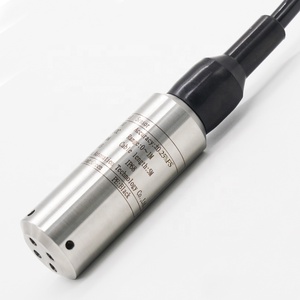








High precision water level sensors exist in various types, all reflecting the measurement's requirements.
Hydrostatic pressure water level sensors measure the level of water by gauging the pressure at the bottom of a water column. In this way, these sensors convert the sensed pressure into a water level. Since the pressure equals the fluid density times the height of the fluid column, any change in water level will cause a change in pressure. Therefore, these sensors are predominantly applied in deep wells and reservoirs since they can measure water levels at greater depths.
Optical water level sensors use light to determine the water level. Here, these sensors have a transmitter that sends light to a receiver. When the water level reaches a certain height, the light refracts, and the water level reaches the height. After that, it causes the sensor to send a signal. People commonly use these types of sensors in applications where the precision of the measurement is more important than the water condition. Also, these sensors are widely used in water treatment plants, chemical storage tanks, and all kinds of industries.
Untrasonic sensors can measure the distance from the surface of the water with ultrasonic sound waves. A sensor emits sound waves that travel to the water surface and get back to the sensor. If the water level changes, the time it will take for the sound wave to return will change, and the sensor will measure the water level based on that time. Ultrasonic sensors work well when there are no disturbances on the surface of the water. People commonly use them to measure water levels in open channels, lakes, and rivers.
Capacitance sensors measure changes in capacitance caused by changes in water level. The sensors consist of two conductive plates installed parallel to each other within the tank or any container where water is stored. When the water level rises or falls, the plate's distance will change, and the dielectric constant between the plates will also change. This change in capacitance will then be transformed into a change in water level. These sensors are suitable for measuring the level of conductive liquids.
Laser water level sensors then use laser technology to measure water levels with high accuracy. This water level sensor sends a laser beam to the surface of the water and then measures the time it takes for the beam to return. Returning time will be proportional to the water level. Because of their accuracy and ability to measure water levels in critical situations, they are particularly helpful in areas where there is little water.
Hyrostatic water level sensors are made of very durable materials like stainless steel, titanium, or even ceramic. These materials are very strong and can even handle tough environments like deep water or places with extreme temperatures.
Optical sensors are made of materials like polycarbonate for their protective housings and stainless steel for the parts that come into contact with water. These materials are chosen because they are very strong but also lightweight, making the sensor easy to carry around.
Ultrasonic sensors use very strong materials like polycarbonate and stainless steel for their housings. The sensors are commonly found in places where they will experience harsh weather or strong chemicals, so they must be made of strong materials. Some of them are also water-resistant.
Capacitance level sensors are constructed of very strong materials like stainless steel, conductive plastics, or ceramics. They are chosen because they handle extreme temperatures and pressures in industrial settings.
Laser level sensors have housings made of strong but lightweight materials like aluminum or polycarbonate. The measuring parts are usually stainless steel, which protects them from tough working conditions. These materials handle bad weather, chemicals, and other harsh things very well. That is why they are chosen in places like construction sites or outdoor areas with extreme temperatures or dust.
High-precision water level sensors have various functions in industries. These sensors ensure big water tanks in industries like chemical manufacturing and oil and gas are filled just right without overflowing or running too low. This keeps operations running safely without wasting resources. In wastewater treatment, these sensors help the plants do their work the best by keeping water levels steady, leading to cleaner water for everyone.
In the mining industry, these sensors assist underground workers by tracking water levels in tunnels to prevent flooding. Keeping water at the right level allows mining to continue safely. In the crops that people grow for food, precision sensors help farmers know just how much water their irrigation systems supply.
Even HVAC systems, which cool and heat large buildings, use these sensors to manage water in air conditioning systems. This allows buildings to stay comfortable no matter what the weather is outside. Data centers rely on the sensors to keep equipment cooling systems functioning. High-precision sensors are also employed in fire suppression systems to make sure the firefighting agents are always at the right level in storage tanks.
In healthcare, hospitals monitor levels in large water systems to provide the best care. And these sensors are critical for producing medicines in pharmaceutical factories too. By automating and accurately controlling water levels, these sensors are a vital part of many businesses working smoothly and safely.
High-precision water level sensors have several customization options so they can work properly in tough environments. One option is the material the sensor is made from. For example, in areas with extremely high or low temperatures, the sensor housing can be made from special metals like titanium or Inconel that can handle that heat. For super cold temperatures, the sensor may use glass or plastics like PEEK. In water that is extremely acidic or basic, the housing can be formed of materials like Hastelloy C or ceramica.
Another customization option is how deep the sensor can go underwater or how much pressure it can withstand. This is measured in IP ratings. For very deep water where there is enormous pressure, the sensor can be customized with reinforced steel or other strong shapes. The IP rating tells the sensor how wet or dusty of an environment it can manage. IP68 ratings are for the harshest conditions.
In environments where there is a lot of electrical interference, the sensor may also need shielding.
Users can choose what signal the sensor uses to share water level information, like 4-20 mA or Modbus. This allows it to work properly on industrial networks.
All these options ensure the sensor remains precise and reliable no matter how tough the conditions get. Their lifespan also increases considerably.
Ultrasonic sensors utilize sound waves to ascertain the water's surface level. In contrast, capacitive sensors detect level changes by measuring variations in capacitance between two electrodes caused by the water's dielectric constant.
Yes, but ensure the materials withstand the specific conditions. Freshwater conditions in tanks or aqueducts are fine. For saltwater conditions in oceans or saline environments, make sure the materials are corrosion resistant.
The sensors can indeed function well in extreme heat or cold. They utilize special materials to keep the readings accurate even in places that get really hot or icy.
Farmers often use these sensors to help with irrigation. They assist in knowing how much water goes to the crops, which results in less waste and better growth of the crops.
Most of these sensors can work without external power since they have their own internal batteries. But, some options need to be plugged into a power source.